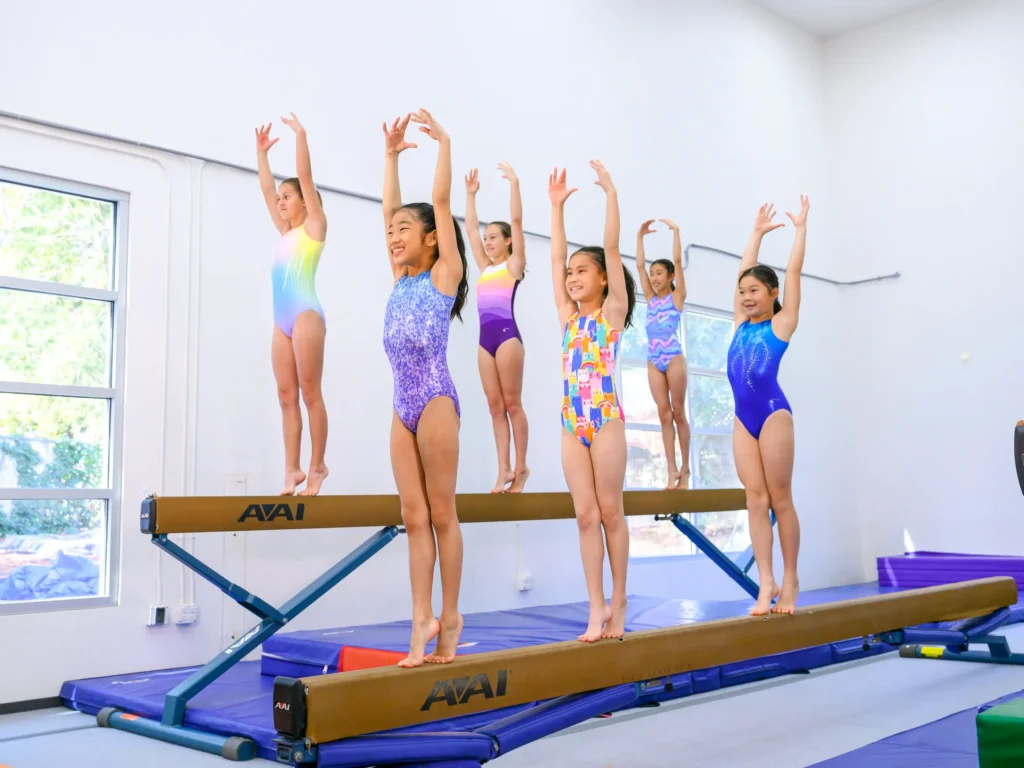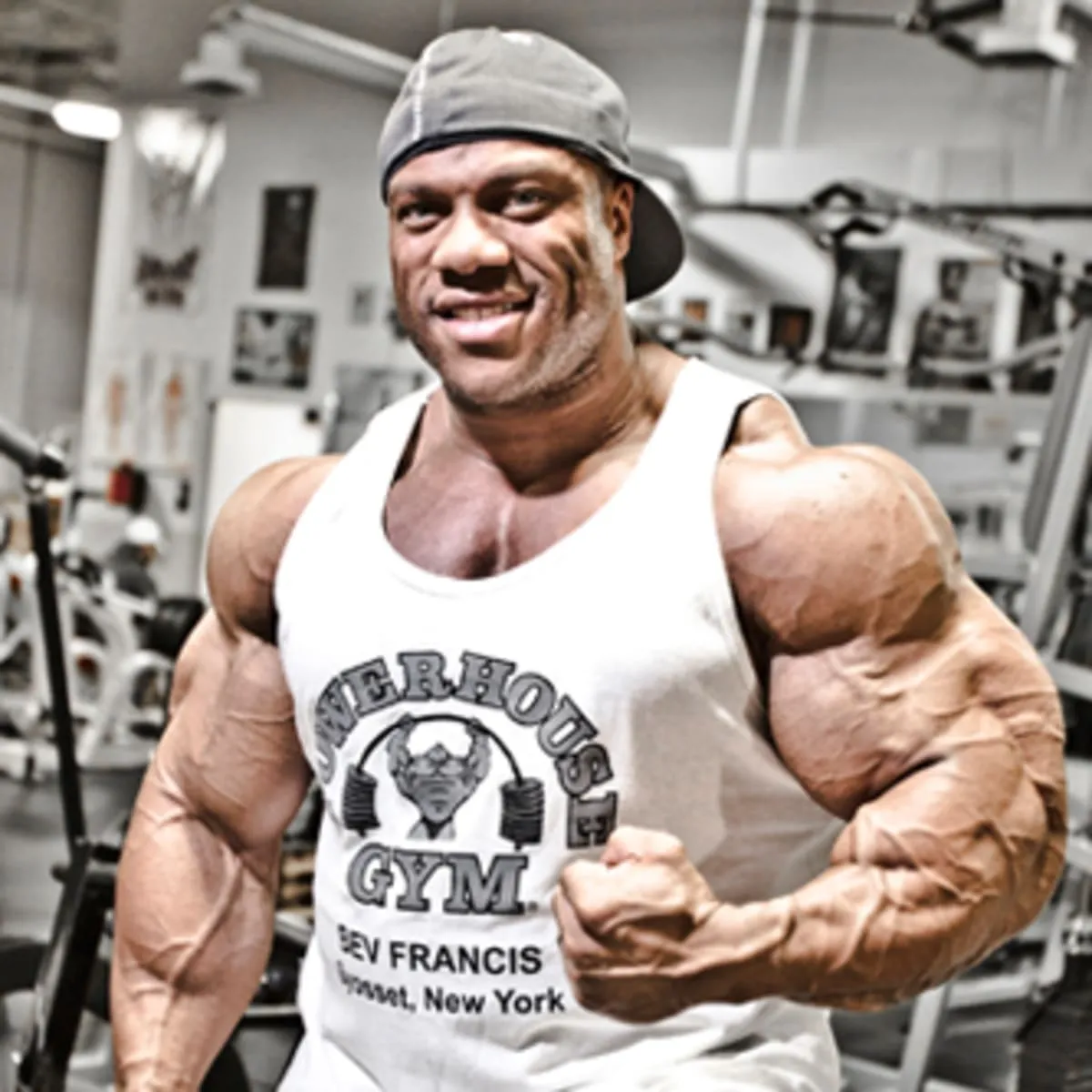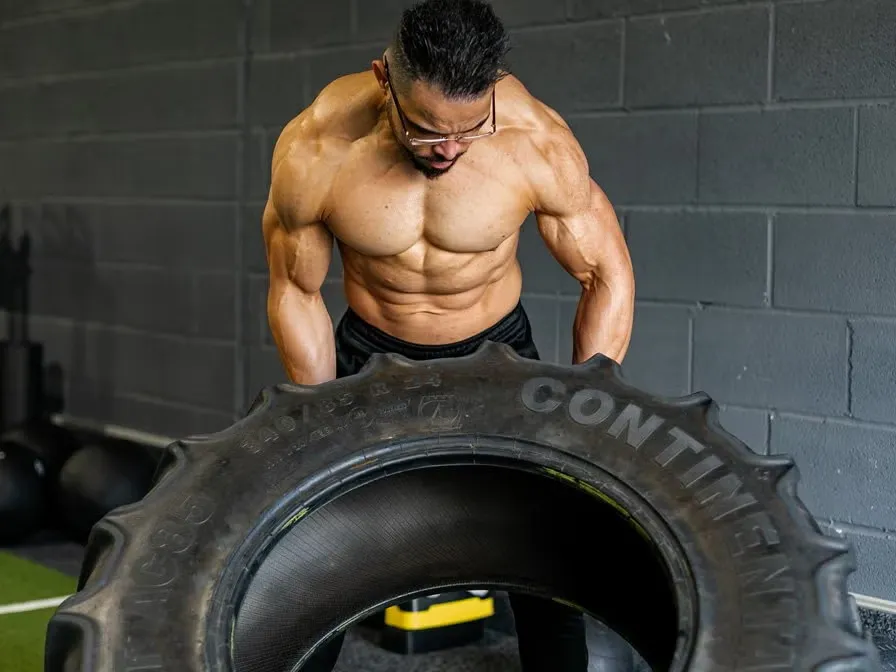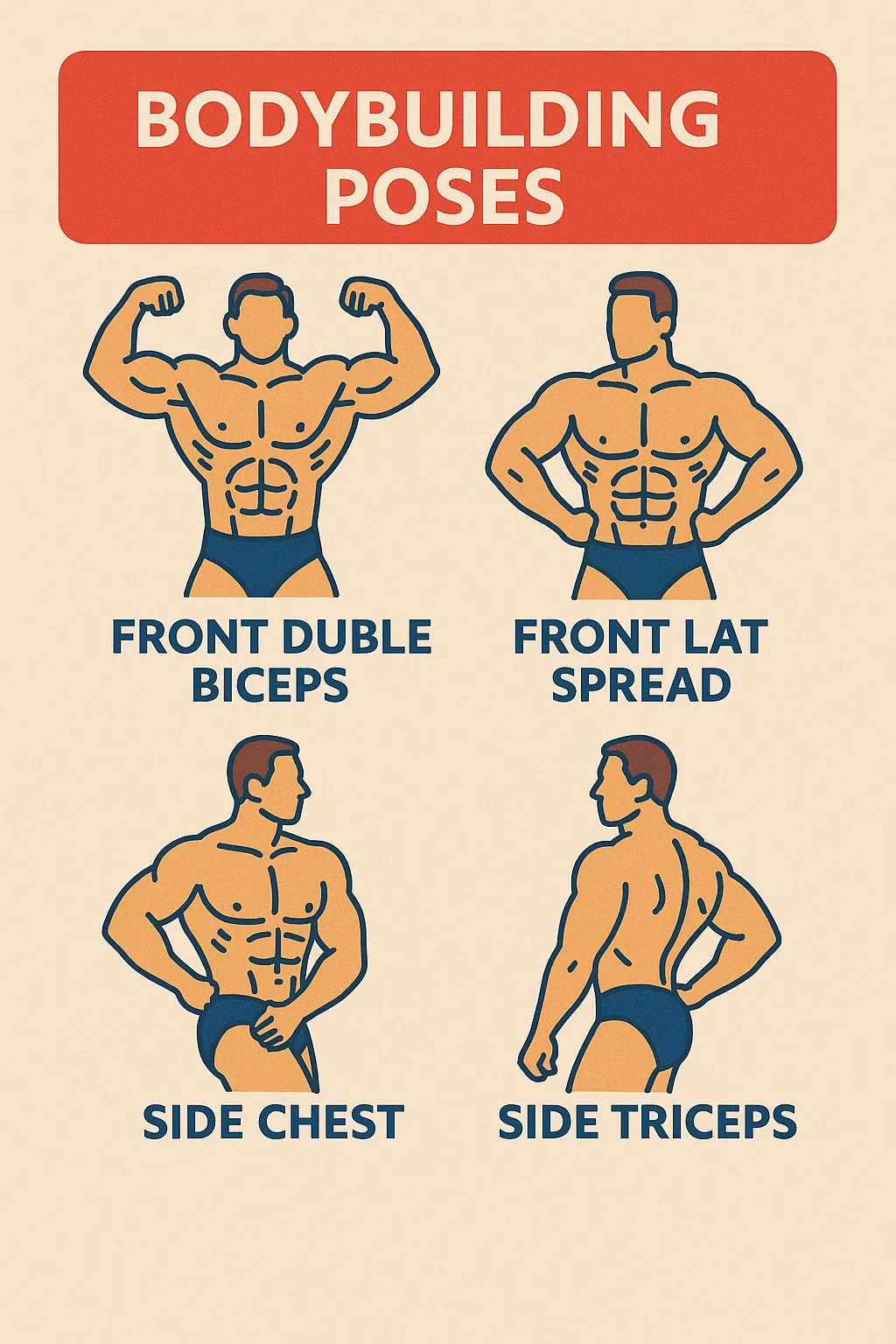Gymnastics is a sport whose equipment includes bars among others. Gymnasts focus on these to perform numerous abilities and routines including strength, flexibility, and accuracy.
This page is going to describe what gymnastics bars are, their kinds, functions, and their link with the sport called gymnastics.

What Are Gymnastic Bars?
They are sometimes called parallel bars or asymmetric bars as well. Gymnasts utilize gymnastics bars among other tools to do most of their routines. Usually made of wood or fibreglass on vertical supports, they show up as two horizontal bars. Most of the time, the height is changed, therefore it is appropriate for different ages and ability levels of different gymnasts.
Types of Gymnastic Bars?
Gymnastic bars come in numerous forms, all meant to maintain a certain routine and degree of competence in the sport:
Uneven Bars
Women’s gymnastics make the most use of them. The uneven bars are simply a pair of bars that have unequal heights from the ground. Showing off their power and agility, gymnasts swing, release, and move between the two bars.
Parallel Bars
Parallel bars are equipment made up of two bars positioned at the same height used in men’s gymnastics. A gymnast performs a routine made up of swings, balances, and strength exercises, showcasing his overall muscular power and mastery over his full upper body.
High Bar
It is the only equipment composed of one single horizontal bar used in men’s gymnastics. The high bar is situated at great height and helps gymnasts to do stunning release movements and complicated swings. The high bar is an extremely challenging device, and it demands tremendous skill and daring.
Low Bar
The low bar is like the high bar but at a considerably lower height. It is most often used for training purposes or by young people during their development in gymnastics.
How Gymnastic Bars Are Used
Gymnastic bars figure very substantially in most training and competitive routines. Here’s how they’re often used:
Training
Gymnasts spend hours in the gym, improving their talents on the bars via hard training, wherein they acquire not just strength and flexibility but also tactics that help boost these skills further.
Coaches guide the gymnasts through several learning exercises that focus on these talents, such as kips a kipping action permitting the gymnast’s legs over the bar into the handstand posture; release manoeuvres, which comprise varied releases of grip on the apparatus to perform moves in the air before re-grasping; and dismounts, which demonstrate the ability or inability to land safely and in control.
Competitions
During competitions, gymnasts perform a routine on the bars, which normally are rated for difficulty, execution, and performance. Most routines take approximately 1.5 minutes and often contain a combination of swings, transitions, and dismounts.
Judges rate routines using a scale, through which the overall score eventually decides the ranking of the performing gymnast in competition.
Advantages of Using Gymnastic Bars
Among several benefits of practising on gymnastic bars, the following may be identified for gymnasts:
Strength Development
Gymnastic bars need substantial strength in both the upper body and core. The more time invested in training, the more muscle one develops to carry out intricate manoeuvres.
Flexibility
Most of the techniques that gymnasts accomplish on bars need flexibility. Training expands their range of motion, which is particularly crucial while employing routines.
Better Coordination
Training routines on bars promote hand-eye coordination, as gymnasts have to release at the appropriate moment to catch the bar and proceed through transitions.
Gaining Confidence
Gymnasts gain more confidence after they successfully master their abilities on the bars. As they get older, they have the confidence to begin completing more difficult patterns.
Safety Factors
Though gymnastic bars may be great fun and highly practical, one must mind important safety factors:
Proper Training
Training should always be done with a certified coach who can advise and supervise the student on safety concerns.
Use of Mats
Soft mats for cushioning in case of falls should be laid beneath the bars to decrease injuries.
Warm-Up and Stretching
Gymnasts must undertake pre-exercises and stretching before beginning to train on bars to avoid injury.
Appropriate Equipment
The bars must be suitable and appropriate for the gymnast.
Final Thoughts
Of all the equipment used in the sport of gymnastics, gymnastic bars are a vital aspect that highlights the strength, flexibility, and artistry of the athlete. Each has a particular purpose from uneven bars to parallel bars on the route from training to competition.
Devoted practice coupled with basic safety measures will help gymnasts perfect their talents on the bars, which can boost performance and confidence.
These are some of the key gymnastic bars that one needs to master, whether one is a starting or an accomplished gymnast on the route into this sport. You truly reach your objectives through devotion and practice of achieving remarkable things on these renowned devices.







